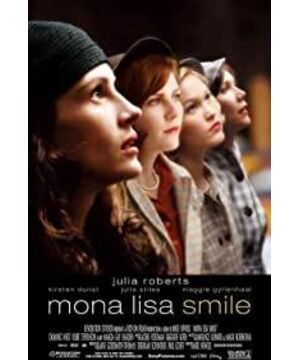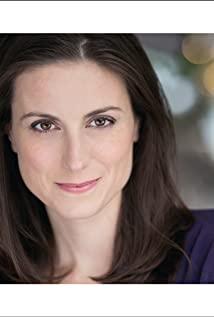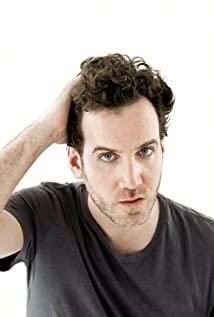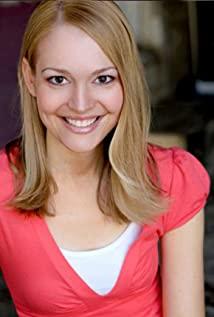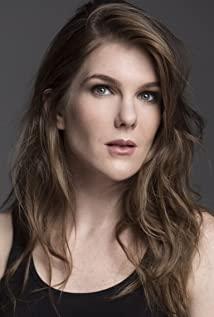In the late fall of 1953, Katherine Watson, a young female teacher with only one year of teaching experience, came to Wesleyan Women's College, where she would be in charge of teaching a one-year course in art history. This women's college is located 10 miles north of Boston and is known as "Women's Harvard University". The late autumn maple leaves float in the bright sky and fall on the small road of the campus, full of classical romance.
The bell rang, a girl wearing a red beret, walking briskly and wearing delicate makeup, jumped through the crowd and ran to the door of the auditorium. A delicate little gavel, da da da, knocked on the door of the auditorium.
"Who knocked on the door of the Hall of Knowledge?" A loud and serious voice sounded.
"I am one of all women." The girl replied calmly and firmly.
"What did you come here to seek?"
"Awaken my soul through diligent study and dedicate my life to knowledge."
This is the annual opening ceremony of Wesleyan College for Women. Catherine Watson, who had just arrived, stood proudly beside the headmaster with her bachelor hat on, staring at the center of the auditorium where the golden sunlight was shining, her eyes twinkling, she felt that she had come to the right place.
But it didn't take long for her to discover that all of the school's curriculum was designed to teach students how to better support their husbands and children in marriage. Even foreign language classes, literature classes, and art classes are just to make "housewives" look more decent and dignified. What the school wants to cultivate are high-end intellectual housewives who "recite Chaucer's poems while ironing for their husbands". A kind of elite wife who is proficient in poetry and poetry but has no self.
Those girls who are smart and clever in the classroom, memorize the author and the introduction of the work word by word, dare to question her "if you have nothing else to teach, we would rather teach ourselves" girls, what they care about most in their hearts, what they want to know the most But how to measure the weight and volume of beef in the kitchen, tailoring for her husband.
The art history teacher who just graduated from UCLA, embraced liberal reform thinking, and has a strong sense of self, is determined to change. She prepared pictures that the students couldn't find even if they rummaged through their textbooks. The first is Soutine's Livestock After Slaughter, a grotesquely ugly carrion carrion, brightly colored with blood, and the viewer can smell the stench of the corpse. This is completely different from the expression of traditional painters, and cannot even be called art. But under Watson's guidance, the students began to observe and think, "I think it's aggressive," "I think it's erotic," "What can be called art?", "Who decides? ”, this eccentric and dark painting, which does not pay attention to composition and has no profound skills to speak of, isn’t it art? Through a series of Socratic questions, Watson encouraged these girls to question, to think, to challenge all the authority of conformity and "supremacy", to abandon all clichés, and to speak up for their own ideas.
On a gloomy rainy day, she led a group of students through a dilapidated abandoned industrial building, the air smelled of paint and rust, and the sound of carving, hammering, and chiseling materials could be heard from time to time. "This is Jackson Pollock. I'm used to boring themes. Let's talk about maggot rotten meat first. Now it's my turn." The students were impatient. The lines on the screen are distorted vertically and horizontally, and the colors are fickle. At first glance, the composition has no center, the structure is unrecognizable, and it is a complex and indecipherable web with disordered lines.
"You don't need to write a paper about it, you don't need to like it, all you have to do is observe it and think about it." The painter Pollock ingeniously used tossing, splashing, dripping, and letting the paint drip on the canvas , creating a criss-crossing abstract line effect. There is no center, no starting point, full of dramatic accidental effects, passionate and full of color tension and wildness, eclectic, but with a pleasing beauty. The avant-garde painter's abstract expressionism was not appreciated until the early 1950s. His spirit of "pursuing a break with the past, desperately trying to escape the requirements of art, and desperately seeking his own heart" is shown through this painting. incisively and vividly. That's what Watson wants to inspire students to experience firsthand.
In a class admiring Van Gogh's "Sunflowers", she did not disassemble the painting and study it in sections, but wanted to guide students to feel the unique charm of the painting and Van Gogh's self-seeking spirit. "This is his self-portrait, no rendering, no disguise, pure truth." When she presented the digital reproduction of the decomposed "Sunflower" to the students, "It's ironic, right? Van Gogh refused to change for the sake of public taste. His ideal, in order to maintain the integrity of his personality and refuse to compromise, we put him in a small box and copy it. So the choice is yours, you can do it according to other people's expectations, or you can be yourself."
Through these paintings, Kathryn Watson guides students to form their own ideas, have their own voices, and gradually accumulate the courage to pursue and persist in themselves. One of the most influential was Betty, the school director's daughter. Under the influence of her majestic mother, she was the most staunch defender of traditional concepts and defenders of the rules of the male-dominated society. However, when everything she defended did not bring her happiness, it was her husband's betrayal and ridicule. Abandoned the once firm views, no longer care about the worldly vision, and bravely pursue the life you want.
One of the more noteworthy things about the film is Joan's story. In the film, Joan, a smart, thoughtful and excellent girl, gave up the opportunity to study law at Yale University and chose to return to her family. Watson was surprised and frustrated when she heard that Joan chose to marry and give up her great future. However, Joan expresses her point of view clearly and bravely, "I want a family, which I cannot sacrifice. Do you think I will wake up one morning and regret not being a lawyer? It will not be more difficult than giving up family and support. I regret it, this is what I want." By this time, Joan had learned to lead her life completely by herself, no matter who's opinion. This character enriches the connotation of feminism and presents the characteristics of diversity. It does not blindly define the role of women, become a powerful lawyer, or a hero who does not allow men, but it means that women have the right to choose what they want, no matter what career, no matter what they do, as long as It is what you want to pursue in your heart, you should not give up, and you have the determination to persevere, and you are very clear that "to change for others is to be dishonest to yourself".
The reason why the film is named "Mona Lisa's Smile" is that when Betty questioned her hypocritical mother, she pointed to the painting with a little disappointment and asked, "She is smiling, is she really happy? She looks Get up and be happy, so what does it matter?" Everyone only cares about the beauty and peace on the surface, but who really cares about the hidden real feelings, except yourself.
Of course, Kathryn Watson, the independent, creative, and unconventional art history teacher, was seen by the school as a radical, potential disruptor. She must teach in strict accordance with the school's curriculum plan to continue to stay at the school. Although she was reluctant to partake of her students, she was unwilling to go against herself, unwilling to compromise, and finally chose to leave.
In the last scene of the film, she is riding away in the car, and the students who are deeply influenced by her are chasing after her on their bicycles and seeing her off. "I've heard her call a wanderer without a purpose cowards, but not all wanderers are purposeless. Especially those who go beyond tradition and seek truth. Beyond the limits of definition, it cannot be described." Betty One Last Time Wrote an editorial for the school newspaper.
View more about Mona Lisa Smile reviews


